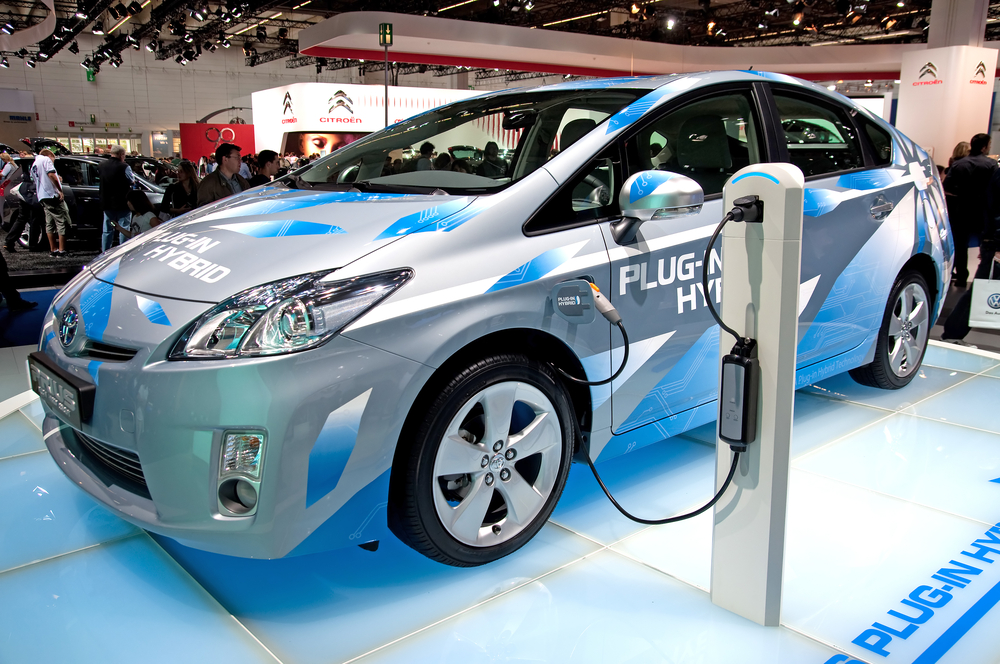The automotive industry is undergoing a profound transformation, and at the heart of this revolution are electric vehicles (EVs). As concerns about environmental sustainability and energy efficiency grow, EVs have emerged as a promising solution to reduce carbon emissions and dependency on fossil fuels. This article delves into the various aspects shaping the future of electric vehicles and their significant impact on the automotive landscape.
The Shift to Electric Mobility
The Environmental Imperative
The pressing need to combat climate change has accelerated the shift towards electric mobility. EVs produce zero tailpipe emissions, making them a crucial tool in reducing air pollution and lowering the carbon footprint.
Regulatory Push
Governments worldwide are implementing stringent emission regulations and setting targets for EV adoption. These mandates are driving automakers to prioritize the development and production of electric vehicles.
Technological Advancements
Batteries
Advancements in battery technology are pivotal for the widespread adoption of EVs. Innovations in battery chemistry, capacity, and charging infrastructure are extending driving ranges and reducing charging times.
Autonomous Driving and Connectivity
Electric vehicles are propelling the integration of autonomous driving and connectivity features. EVs serve as platforms for developing and implementing self-driving technology, enhancing safety and user experience.
Industry Players and Competition
Established Automakers
Traditional automotive giants are investing heavily in EV research and development to compete with new entrants. They are reimagining their strategies to transition their vehicle lineups from internal combustion engines to electric powertrains.
New Entrants and Disruptors
Tech companies and startups like Rivian and Fisker are entering the EV space with fresh perspectives and innovative approaches. These players are challenging conventional manufacturing and sales models, fostering healthy competition.
Charging Infrastructure
The Infrastructure Challenge
The expansion of EV adoption hinges on a robust charging network. Governments, private companies, and communities are investing in charging infrastructure to alleviate range anxiety and facilitate convenient charging.
Fast Charging and Grid Integration
Fast-charging technologies are crucial for making EVs more practical for daily use. Additionally, smart grid integration is being explored to optimize charging times and manage electricity demand effectively.
Economic and Societal Impacts
Job Creation and Skill Shift
The EV transition is reshaping the job landscape, creating opportunities in battery manufacturing, software development, and charging infrastructure maintenance.
Energy Independence and National Security
As EVs reduce reliance on imported oil, countries can enhance energy security and redirect resources toward domestic renewable energy production.
Environmental Benefits and Challenges
Emission Reduction
The widespread adoption of EVs contributes significantly to reducing greenhouse gas emissions and improving air quality in urban areas.
Battery Recycling and Resource Concerns
The surge in EV production raises questions about responsible battery disposal and recycling, ensuring minimal environmental impact.
Consumer Adoption and Education
Educating consumers about EV capabilities and addressing concerns about driving range are pivotal to encouraging broader adoption. Additionally, understanding the long-term cost benefits of EV ownership, including reduced fuel and maintenance costs, can sway consumer preferences.
The Road Ahead
The automotive industry is on an irreversible trajectory towards electrification. Electric vehicles are not just a technological novelty; they are becoming the norm as the industry aligns with sustainability goals. The road ahead involves overcoming challenges related to technology, infrastructure, and consumer perception. As electric vehicles gain momentum, they are poised to reshape not only the automotive landscape but also the way we interact with transportation and the environment.
